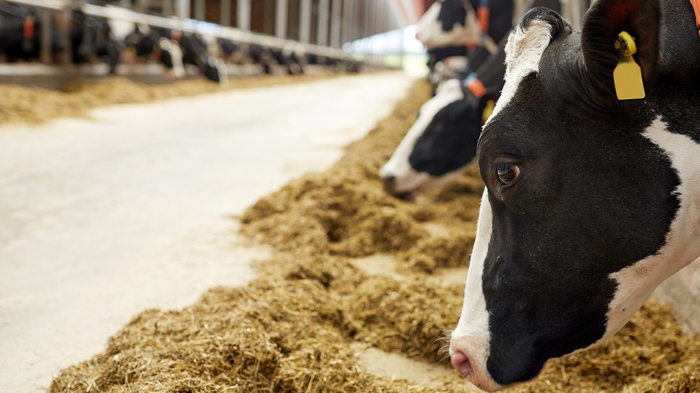Protein in first cut silage has dropped to the lowest levels for 25 years. Kite consultant Mike Bray has tested silage at a variety of farms, predominately in the south west, and found protein levels as low as 8%.
“I suspect the wet weather that delayed first cuts is partly to blame for the fall in protein because grass was taken past its optimum growth stage. Leaching, due to heavy rain will have also reduced nitrogen levels in the soil which will have had an effect on the overall protein value of the grass,” he says.

The results have been found using a more accurate testing method known as dry Near-Infrared Spectroscopy (NIRS), offered by Eurofins Agro. The forage sample is dried and ground to a consistent 1mm thickness which is exposed to the infrared light to provide greater detail. “This method is quick, affordable and accurate. It provides dry matter and protein data along with ME and 23 other parameters to benchmark the value of the silage and indicate what dietary inputs may be required,” he says.
Mr Bray believes that more frequent forage tests will be needed to better understand the value of forage over winter. “First cut silage is low, but that doesn’t mean second, third and subsequent cuts will be. Therefore, monthly testing is crucial to understand any discrepancies between cuts and clamps,” he says.
The implication is that dairy farmers will be encouraged to buy more supplements such as feed grade urea or rape seed. However, whilst this may help to offset the poor first cut, it may not be needed for clamps containing subsequent cuts. “More frequent testing, and a better understanding of the nutritional value of each cut, could save farmers a significant amount of money this year,” he says.
Longer term Mr Bray suggests that reseeding grass leys could add between 30%-50% of dry matter (DM) yield. This could also be enhanced by choosing perennial ryegrass mixes which have a higher D value and protein than Italian or hybrid grass seed mixes. “Where protein is the limiting factor in maintaining yield, it will pay off long term to invest in higher protein varieties. Protein values can be further improved by the accurate and efficient use of organic and inorganic fertilisers,” he adds.


